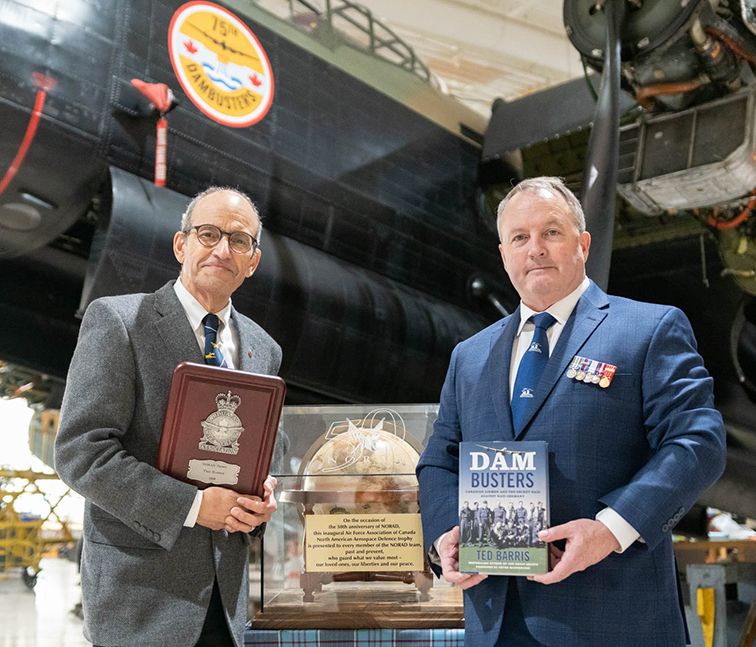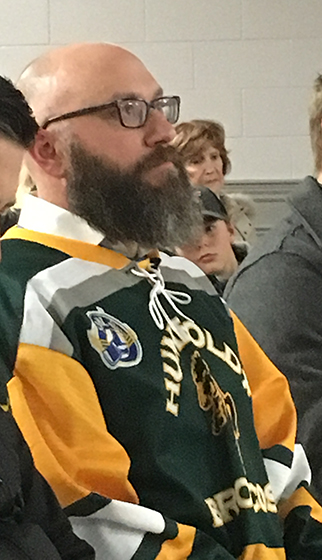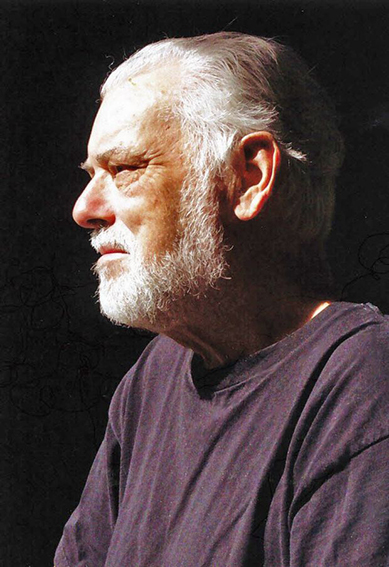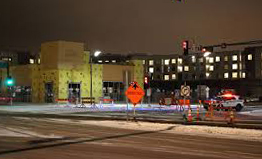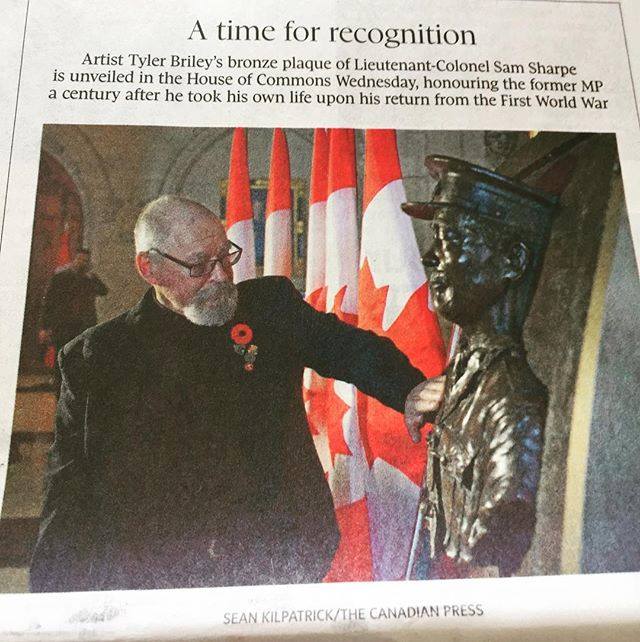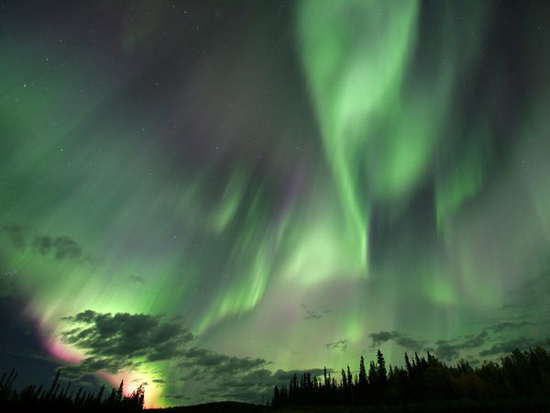
It was one of those breathless, white-knuckle moments. At the end of regulation time, the quarter-final, elimination game at the World Junior hockey championship was tied – Canada 1, Finland 1. Then, a couple of minutes into sudden-death overtime, a Finn rushing to catch a Canadian forward on a breakaway, slashed the Canadian’s hands from behind. The referees awarded a penalty shot, and Coach Tim Hunter chose Team Canada captain Maxime Comtois to take the shot.
“I was thinking (I have) to score,” Comtois told Canadian Press later, “and I didn’t. … It hurts.” (more…)

